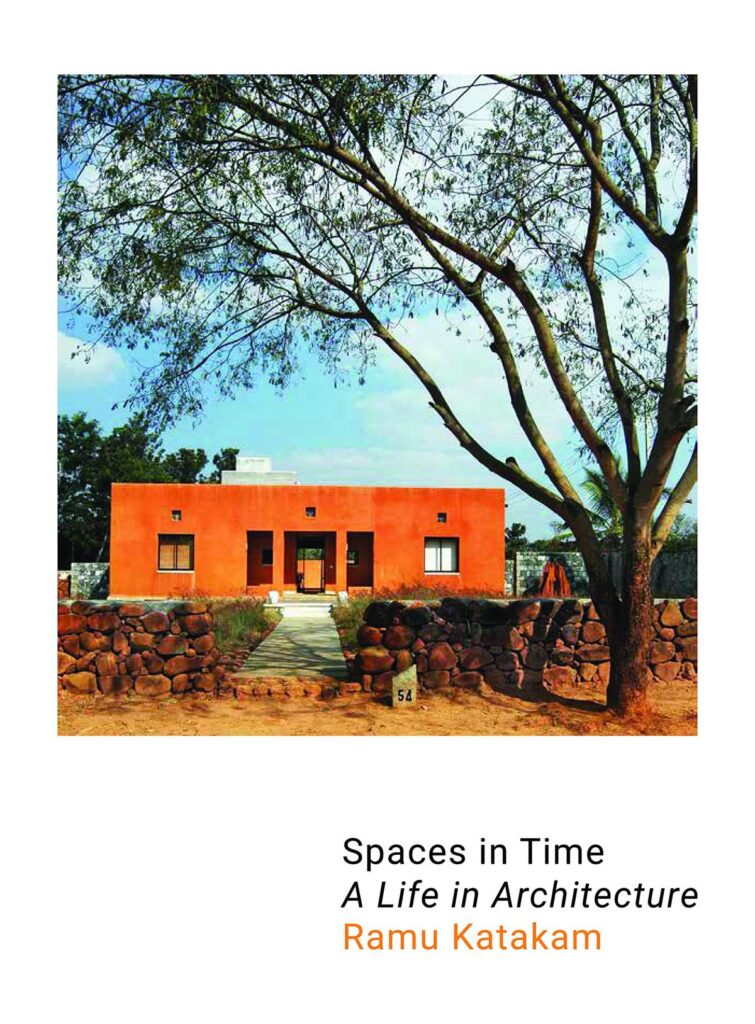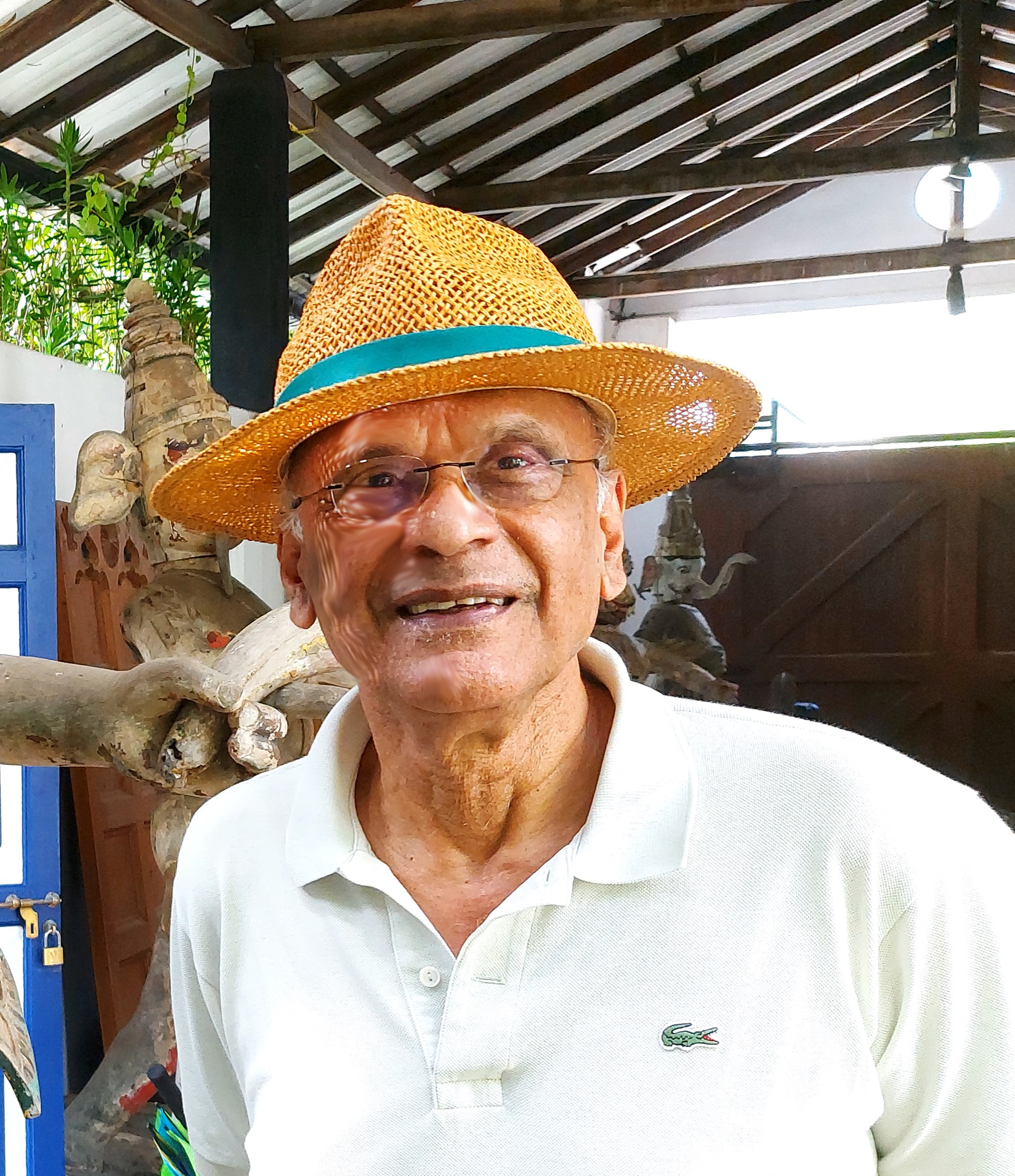Foreword by Gautam Bhatia for the book, Spaces in Time: A Life in Architecture, authored by Ramu Katakam
One of the most difficult characteristics of an architect’s memoir is the unlikely blend of a private history with the very public presence of architecture. The reading of one against the other often makes for a surprisingly revealing juxtaposition. I have known Ramu Katakam for over three decades; first, as a friend who moved into my neighbourhood, and who I discovered subsequently was also an architect. The revelation came at an accidental moment in dinner conversation, as my wife and I sat dipping into a Mongolian hotpot in his home. The title of architect was revealed in such matter-of-fact reticence that for me it caused a psychic disturbance. Architects have generally never needed to create a memoir because much of what they surround themselves with shout out in loud designed tones. Ramu’s room was made of things bought and assembled loosely at different stages of his life — a family sofa, a cane chair, a Mirzapur carpet, a favourite sculpture, an old wooden room divider, the ordinary assembly of household variables. And it struck me then that his buildings must also be similarly understated. Thirty years after that dinner, I realised that Ramu’s life and work were so closely intertwined that only their combined expression would be an honest message about his life.

The book is important for two reasons: first and foremost, it is a truthful rendition of architecture as an evolutionary process in an architect’s life; and second, it is the most forthcoming, unguarded, agile and direct form of writing, expressed without fear of judgment. The critical value of the book is its connective tissue — a story that unfolds with childhood, schools, friends, family, profession, art, architecture, loves and longings, trivia of little design value but wholly relevant to a life. When buildings occur they describe as much a stage in the architect’s career as they do the atmosphere of the moment. Nowhere do they feel like expressions of design bluster, or as instruments in a publicity catalogue.

For an architect, the tendency to self-promotion almost always assumes a widening arc of professional hype in later life. Ramu’s work, like much of his life, has been so carefully cultivated that it has been deliberately preserved as a private background. He revels in it, enjoys every bit of its offerings. His cosmopolitan upbringing, his associations, his loves, his buildings, his food interests, his natural inclination for art, his travels into history and remoteness, and uninhibited calls for a good life, are like fresh dew on winter grass — fleeting moments. The curl of bougainvillaea on a wall, the rough joints of laterite blocks, fresh guava on a breakfast platter, or a polished wood base for a bronze — all convey the temporal pleasures of a life lived and happily lost to the wind; and architecture an equally impermanent accompaniment in the process; beauty passes, but is ever present.
Through the course of his career, Ramu’s architecture demonstrates his own evolution as a person, rather than the other way around. It is a strangely familiar cycle. As expected, the early buildings record a self-consciousness of design and detailing that suggest they are the work of an architect displaying his worth to the world. Later, much of it alters into a visually subdued architectural neutrality that focuses on space relationships. Most of the architect’s recent work moves to an altogether new stage, emerging as it does with the self-assuredness of an artist — freewheeling compositions that are as much painting as architecture, as much sculpture as landscape. When a building’s sensory qualities are no longer tied to plans and visibility, it crosses a new frontier, becoming an amalgam of multiple life experiences — the profession, the love of dance and sculpture, a mother who was an accomplished artist, a childhood in Beijing, among others. Then, architectural analysis becomes futile; Ramu is free.
Also Read:








2 Responses